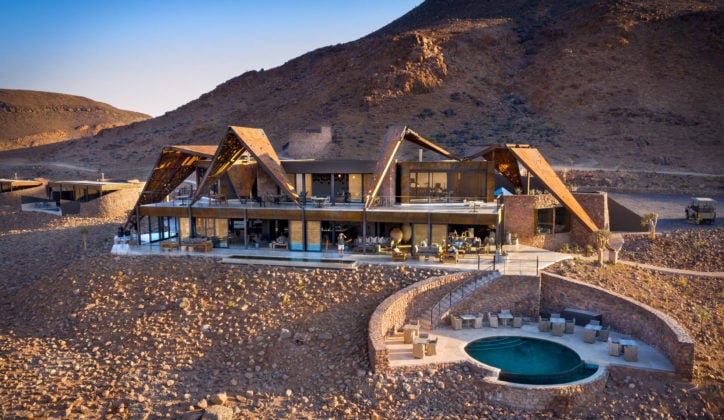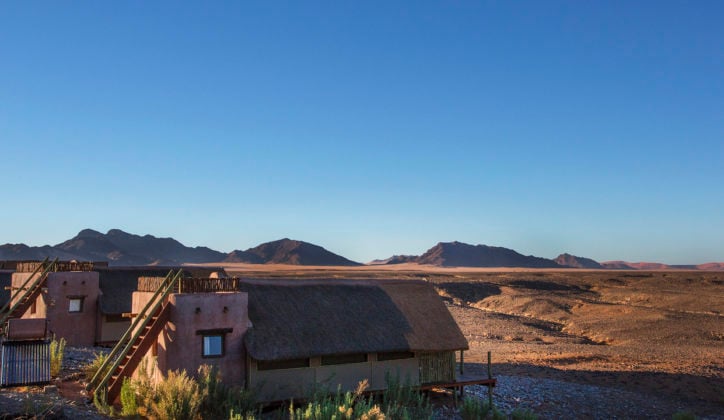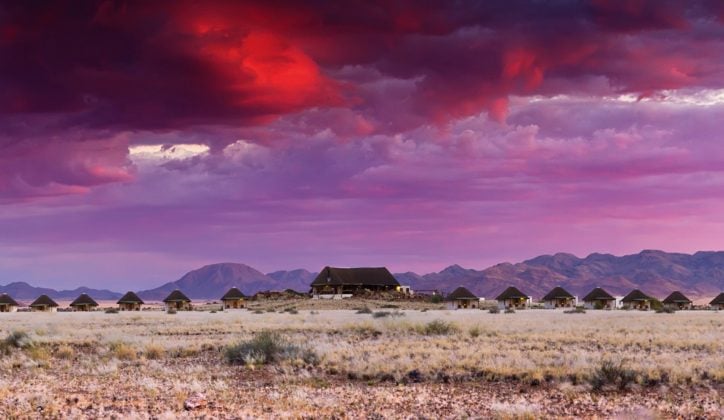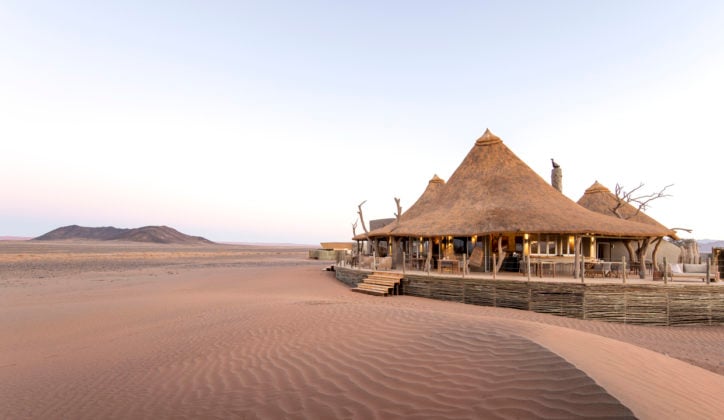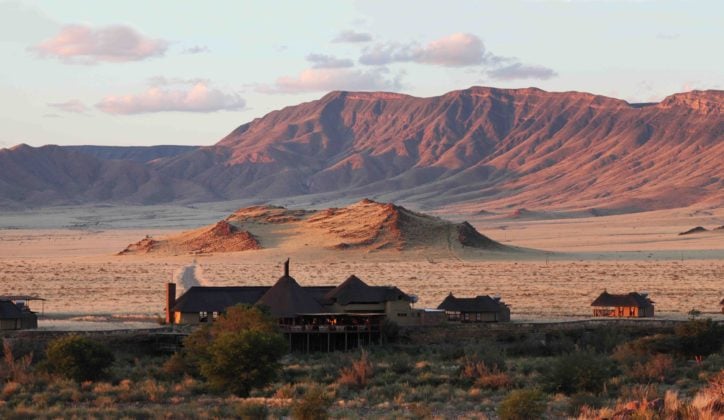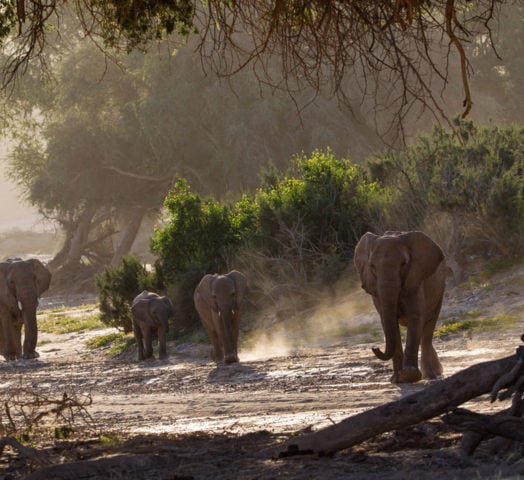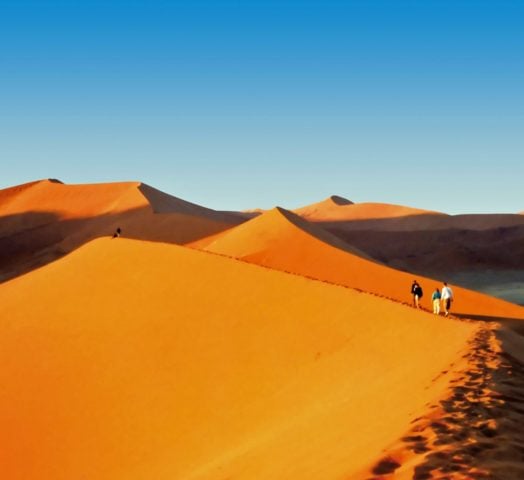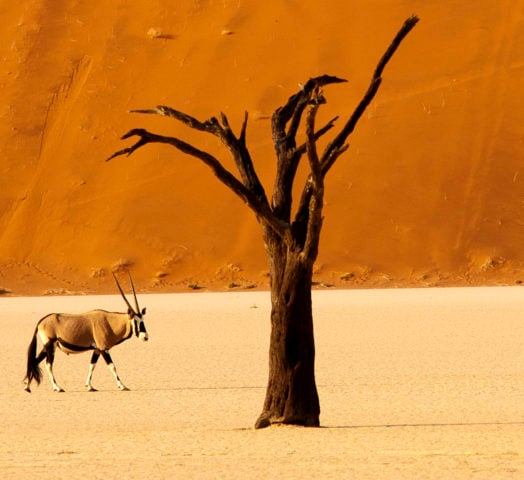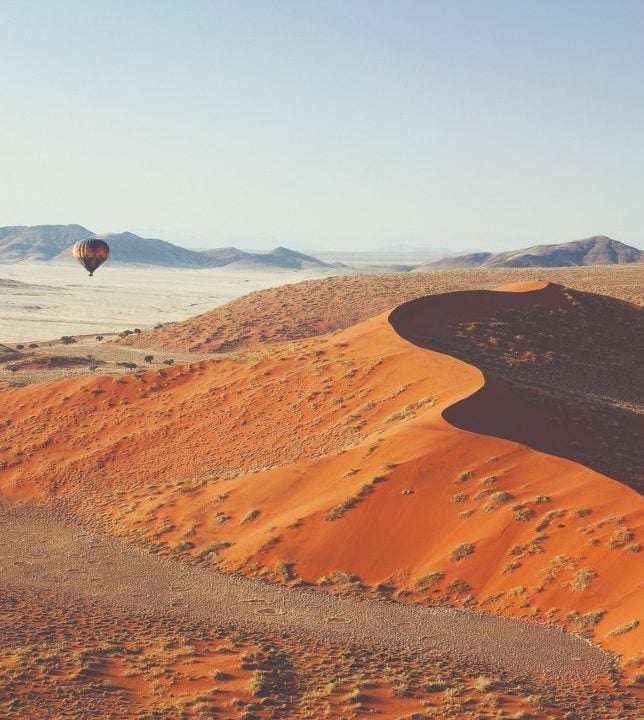Soaring copper dunes and simply staggering scenes
The towering rust-red sand dunes and clay pans that belong to the Sossusvlei form the most iconic landscape of Namibia.
Located in the enormous Namib-Naukluft National Park – a protected area of desert and mountains larger than Switzerland – this rippling sand sea of huge dunes has been shaped by the winds and the underground Tsauchab River.
Outwardly the Sossusvlei looks completely barren of any life, and as one of the oldest and driest ecosystems on the planet you wouldn’t be completely wrong, but the flat, silver-coloured clay ‘vleis’ (pans or valleys) of fine mud cracked into a mosaic pattern where green camelthorn trees grow and the odd majestic oryx appears. Solitary dead acacia trees plot the old routes of the river, some even from 500 years ago, and when the rains do arrive (January to April) the pans really come alive with yellow devil thorn flowers and the dunes bloom green in places. Even rarer is once a decade or so, torrential rains flood the pans bringing an explosion of life, where lilies and dragonflies appear, and even birds arrive for this special occasion.
Highlights
Climb the Big Daddy and Big Mama dunes for spectacular views over this landscape
Get to the top of the Elim Dune for panoramas over the Naukluft mountains
Explore the Hidden Vlei and Dead Vlei pans before arriving finally at the Sossusvlei, to see how they differ
Take to the skies on a balloon ride over this most extraordinary of landscapes

Emily Wallington
Travel Designer










Sossusvlei's remote setting, with towering red dunes, is a place that feels untouched by time, inviting you to disconnect from the world and immerse yourself in nature's quiet grandeur.

Emily Wallington
Travel Designer
Luxury accommodation in Sossusvlei
Why choose Jacada for your luxury safari experience?

Safari expertise
Our experts bring decades of first-hand expertise. They’ve lived and travelled across Africa and are regularly on the ground reviewing the most exclusive camps and experiences. You’ll also have the support of a personal concierge, based in region.

Unforgettable guides
We handpick the most knowledgeable guides, who bring each destination to life with care and passion. They’re chosen for their ability to provide unrivalled insight into the region’s wildlife and landscapes as well as a genuine, memorable experience.

Positive impact
By travelling with us, you directly support a range of initiatives spanning wildlife conservation to community engagement. Our luxury trips are designed to prioritise experiences that are positive for you and the places you visit.
Trip inspiration
Where to go
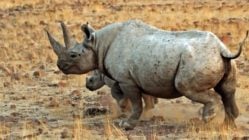
Damaraland
Damaraland is home to the open-air gallery of Twyfelfontein. Here, you will find thousands of ancient engravings made by the indigenous San people – making this UNESCO World Heritage Site a must-see in Namibia.
Discover more
Etosha National Park
Known as the 'Place of Mirages', Etosha National Park's incredible landscapes range from vast savannahs to silver salt pans. Keep an eye out for herds of blue wildebeest and desert elephants.
Discover more
Kaokoland
This is one of Namibia’s most remote and inaccessible areas. In Kaokoland, you can meet the Himba and learn about their traditional lifestyle on a cultural safari. In the region, you can also spot desert elephants, giraffes and black rhinos.
Discover more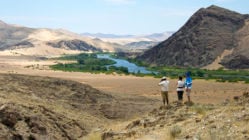
Kunene River
Flowing from Angola into Namibia, the Kunene River is the only perennial water source in the entire region. From here, embark on nature drives and boating excursions in search of Nile crocodiles. You can also venture further and explore remote mountains, river valleys and waterfalls.
Discover more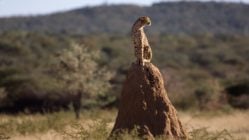
Okonjima Nature Reserve
Enjoy unrivalled game viewing experiences at Okonjima Nature Reserve. It is arguably one of the best places to spot predators in Namibia. Head out on exhilarating game drives and nature trails to track Big Cats that have been rehabilitated by the AfriCat foundation.
Discover more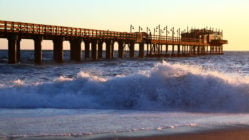
Swakopmund and Walvis Bay
These two towns are located between the Namib Desert and Skeleton Coast and are the ideal base to explore the natural wonders of the region. Adventure sports are some of the best things to do in Swakopmund and Walvis Bay. Skydiving, dune boarding, quad biking and scenic balloon flights are some of the many incredible experiences waiting for you.
Discover more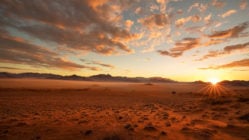
The NamibRand Reserve
As one of the largest private reserves in Southern Africa, the NamibRand Reserve aims to help protect and conserve the unique ecology and wildlife of the south-west Namib Desert. Its vast vistas make for some incredible sunset views. The NamibRand Reserve also lies in one of the darkest regions on earth, making it one of the best places to go stargazing.
Discover more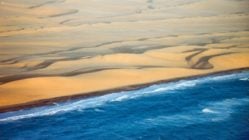
The Skeleton Coast
The Skeleton Coast offers varied landscapes of lengthy beaches, towering sand dunes, secret rivers and mesmerising canyons. Board a flying safari to spot on the skeletal remains of vessels and large concentrations of seal colonies.
Discover more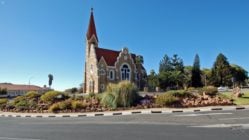
Windhoek
Namibia’s vibrant capital city, Windhoek is an interesting gateway to the rest of the country. The city is dotted with fascinating buildings that look like they belong in northern Europe. This is due to a legacy of German colonialism. Take a walking city tour to learn more about its dynamic history and rich culture.
Discover moreMeet your Africa team
When to visit
The rains are from January to April creating vast green dunes. May to September are the coolest months with temperatures at around 24°c, from October to April these tend to climb, with a peak of 30°c in January.

Mild temperatures and dry conditions
July - September

See the dunes from above
July - September

Vast green dunes
January - April
Plan your trip to Sossusvlei
Whatever you want from your adventure in Sossusvlei, our team of expert travel designers are ready to help.
The trip was amazing ! Jody did a great job Of organizing everything and went over and above for making my big birthday special! Will recommend Jody and macadamia to everyone planning a trip to Namibia!
Our experience was top notch from start to finish!! The travel, camps, food, excursions, guides, accommodations, and hosts all deserve 5 stars. All of our exceptions of the trip were blown out of the water. We not only loved seeing Namibia, but we learned so much along the way. Our guides at every camp were truly ambassadors for their country…
Jacada provided impeccable customer service for our trip to Namibia for our ten year anniversary. Our amazing trip designer Jacob Maahs was super brilliant in the itinerary he created for us, and he pulled it off at the very last minute (we are bad planners). He was a true pleasure to work with and I would trust him with any…
Jacada is beyond incredible and we look forward to planning future adventures with them. Our experience was flawless from beginning to end. Iain listened to our dream trip ideas and came up with a bucket list itinerary to Namibia, Zambia, Zimbabwe, and Botswana. James took over and guided us with his amazing care til departure. Such peace during our travels…
We have traveled extensively with many companies, just came back from Namibia and South Africa Jacada's services, concierge, and personalization of our travel plans was flawless. The specifics and attention to detail was incredible from arrival to the airports assisting through customs and immigration,chartered flights, wilderness lodges, local touring and guides was spectacular. We appreciate the entire team , and…
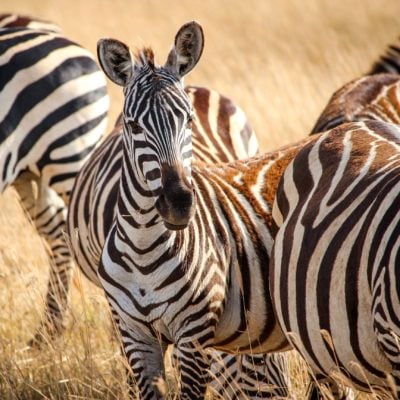
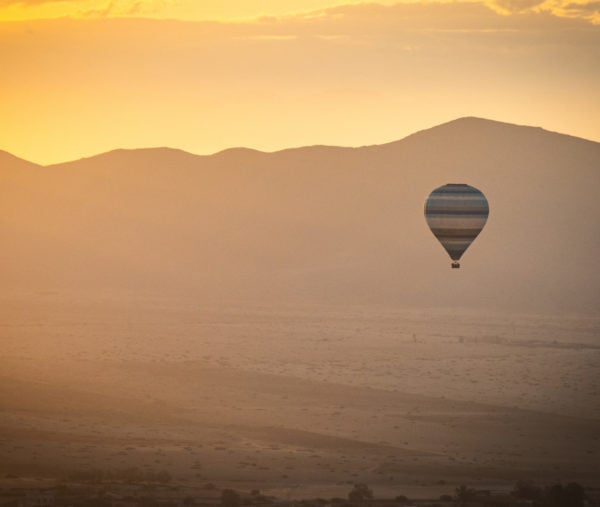
Plan with peace of mind
When you book a trip in today’s world there’s a lot to think about. But with the right advice and expert planning, you can do it with confidence.
If you book to travel with us but your plans are impacted by circumstances you can’t control, we’ll change your reservation or cancel your booking for a full credit towards future travel.





